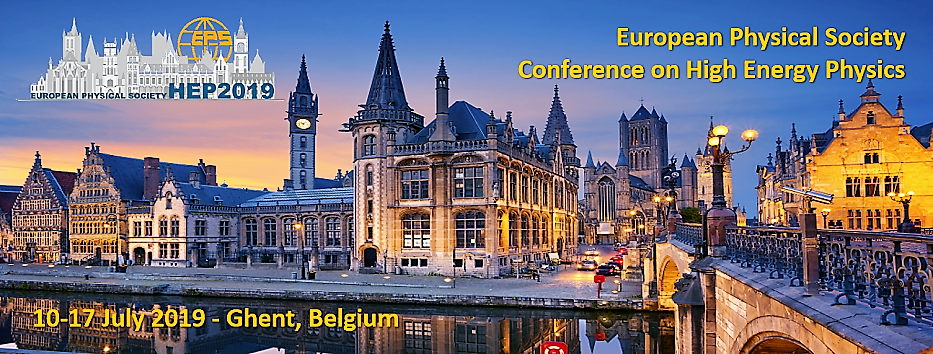Speaker
Description
In top quark production, the polarization of top quarks, decided by the chiral structure of couplings, is likely to be modified in the presence of any new physics contribution to the production. Hence the same is a good discriminator for those new physics models wherein the couplings have a chiral structure different than that in the Standard Model (SM). In this note we construct probes of the polarization of a top quark decaying hadronically, using easily accessible kinematic variables such as the energy fraction or angular correlations of the decay products. Tagging the boosted top quark using the usual jet sub structure technique we study robustness of these observables for a benchmark process, $W^{\prime} \to tb$. We demonstrate that the energy fraction of b-jet in the laboratory frame and a new angular variable, constructed by us in the top rest frame, are both very powerful tools to discriminate between the left and right polarized top quarks. Based on the polarization sensitive angular variables, we construct asymmetries which reflect the polarization. We study the efficiency of these variables for two new physics processes where which give rise to boosted top quarks:\
(i) decay of the top squark in the context of supersymmetry searches, and
(ii) decays of the Kaluza-Klein(KK) graviton and KK gluon, in Randall Sundrum(RS) model.
Remarkably, it is found that the asymmetry can vary over a wide range about +20\% to -20\%. The dependence of asymmetry on top quark couplings of the new particles present in these models beyond the SM (BSM) is also investigated in detail.
